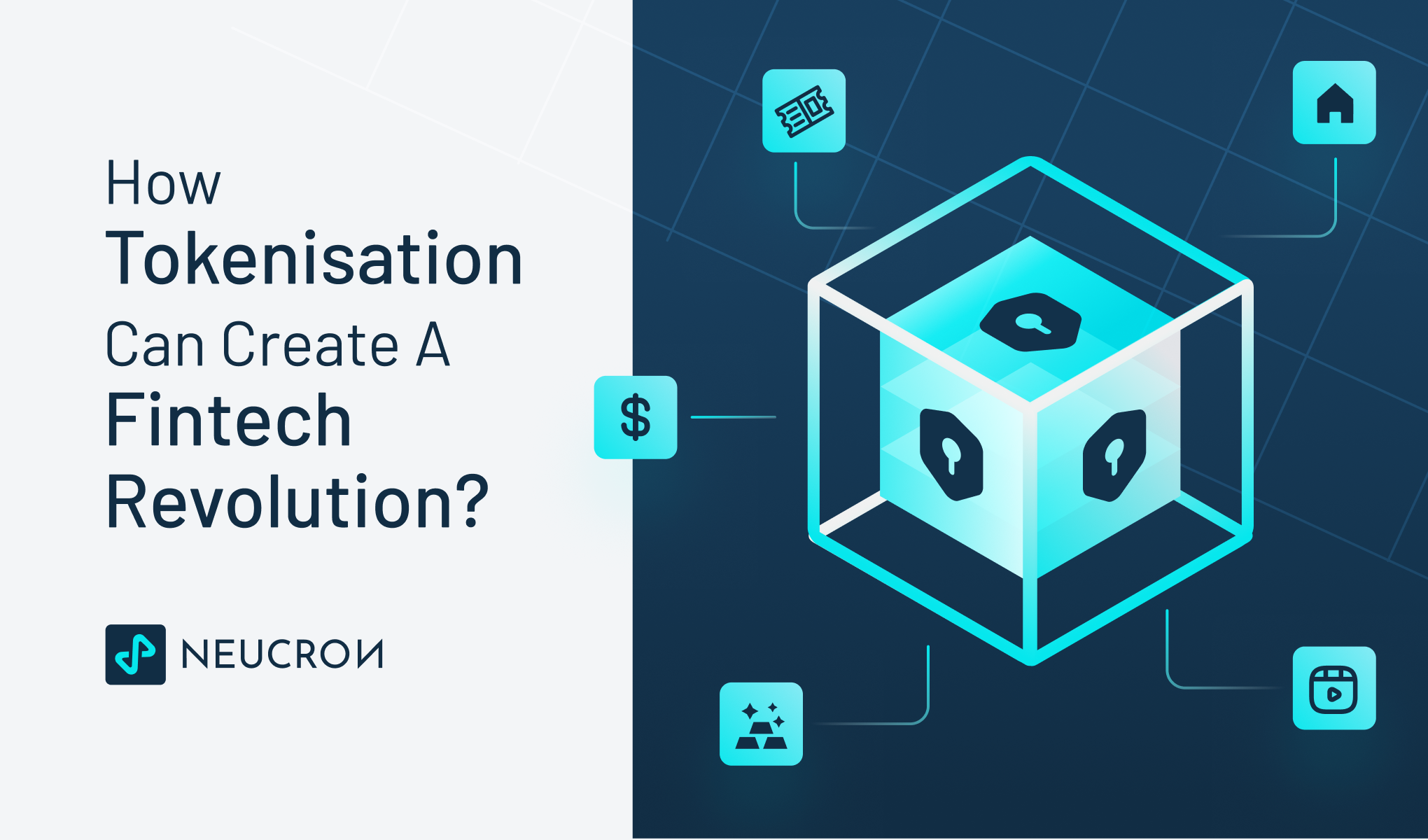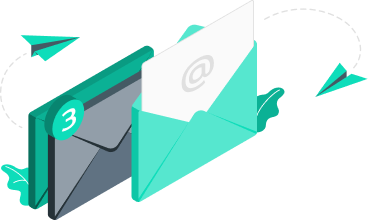In a world where innovation is the heartbeat of progress, a revolutionary concept has taken center stage - tokenization. This cutting-edge technology is rewriting the rules of ownership, accessibility, and value representation in the digital domain.
Predictions from industry insiders suggest that the trade volume for tokenized digital securities could reach as high as $5 trillion by the year 2030. It shows the increasing momentum tokenization holds in transforming the way digital assets are utilized.
Tokenization is a process that leverages blockchain technology to represent ownership or value of real-world assets through digital tokens. This blog will decode everything you need to know about this technology.
How is Tokenization a Crucial Element of Ledger as a Service?
In Ledger as a Service, tokenization drives the transformation of how we perceive and interact with assets. This process is central to the functioning of a globally connected ledger. It represents tangible and intangible assets in a standardized digital format on the blockchain.
Ledger as a Service serves as a virtual repository of value and ownership. It facilitates the tracking and recording of assets, ranging from traditional currency to an extensive array of goods and services.
Tokenization is a fundamental process within a shared ledger. It involves converting diverse assets, like currency, goods, and services, into standardized digital tokens. These tokens then serve as the digital representation of the underlying assets.
Read more about Ledger as a Service here.
Significance of Tokenization in the Modern Financial Ecosystem
Just as the internet gained significance with the influx of content, the shared ledger derives its value from assets represented on it. The exponential growth in utility parallels the increase in tokenized assets on the global ledger. Tokenization is not just a feature but a hassle-free approach to streamlining your digital wealth. The blockchain becomes immensely valuable as more assets are tokenized and integrated into its framework.
Different Types of Assets Which Can be Tokenized
Before delving into the specifics of tokenized assets, it is crucial to understand the manufacturer's or issuer's role. This entity is responsible for tokenizing or representing the asset's rights and ownership on the blockchain. The following are the different types of assets which can be tokenized on the blockchain:
- Currency: The issuance of Central Bank Digital Currencies (CBDCs) exemplifies the tokenization of traditional currencies. India's Digital Rupee, a tokenized form of the national currency, depicts an inclination towards blockchain for currency representation.
- Deposit Tokens: Banks issue deposit tokens, digitizing traditional financial instruments and converting them into secure and transparent assets on the blockchain.
- Financial Securities: Shares, derivatives, and debt instruments take on a digital form through blockchain tokenization. Company owners can issue shares directly on the blockchain.
- Bonds on Blockchain: Regulatory bodies like SEBI deploy blockchain technology to track and manage bonds and other listed debt securities.
- Commodities: Precious metals like gold and resources from miners or refineries can be tokenized, providing a verifiable representation of ownership and origin.
- Services: Coupons, reward points, tickets, and vouchers can now be represented as digital assets on the blockchain, reinventing the way services are offered and managed
- Goods / Manufactured Items: Physical goods, such as whiskey and jewelry, alongside digital twins representing supply chain objects, find a new dimension on the blockchain.
- Ownership of Digital Goods: Premium images, blogs, videos, and eBooks can be tokenized, creating a secure and traceable trail of ownership for digital assets.
How Tokenization Works?
Tokenization involves converting the rights to an asset into a digital token on a blockchain. The process can vary based on the type of asset being tokenized, but here is a general overview of how tokenization works:
- Asset Representation: The unique characteristics and ownership details of an asset, such as currency, securities, commodities, or even digital goods, are translated into a digital format.
- Creation of Tokens: These assets are then represented by cryptographic tokens, which are unique, indivisible, and secure digital units.
- Blockchain Recording: These tokens are recorded on a blockchain or distributed ledger, providing an immutable and transparent record of ownership and transaction history.
- Transfer and Transactions: The tokenized assets can be easily transferred between parties using smart contracts or other predefined rules on the blockchain.
Benefits of Tokenization for Digital Assets:
The global market size for tokenization is projected to increase from $3.4 billion in 2022 to $8.6 billion in 2028, with a CAGR of 21.5%. Since this technology has immense growth potential, let us explore its significant benefits.
- Liquidity: Tokenization makes traditionally illiquid assets, like real estate, more liquid. Digital tokens can be bought and sold on blockchain-based exchanges for quicker transactions.
- Accessibility: Tokenization democratizes access to a broader range of assets. Investors can gain exposure to different asset classes without substantial capital.
- Efficiency: Blockchain technology streamlines and automates ownership transfer, dividend distribution, and compliance processes.
- Transparency and Security: Using blockchain ensures a transparent and secure record of ownership. Every transaction is recorded on the blockchain to verify ownership and track the history of an asset.
- Programmability: Smart contracts enable programmable features, such as automatic dividend distribution or compliance checks, to limit manual intervention.
Make Asset Tokenization a Breeze with Timechain’s Neucron API
Simplifying the tokenization process is the Timechain’s Neucron API. It is a powerful tool designed to manage your tangible and intangible assets. With this API integration, you can tokenize diversified digital assets with ease and precision. It also allows you to automate the asset management process for optimal convenience while promising security.
Book a demo today to learn how Neucron API can help in hassle-free asset tokenization.

